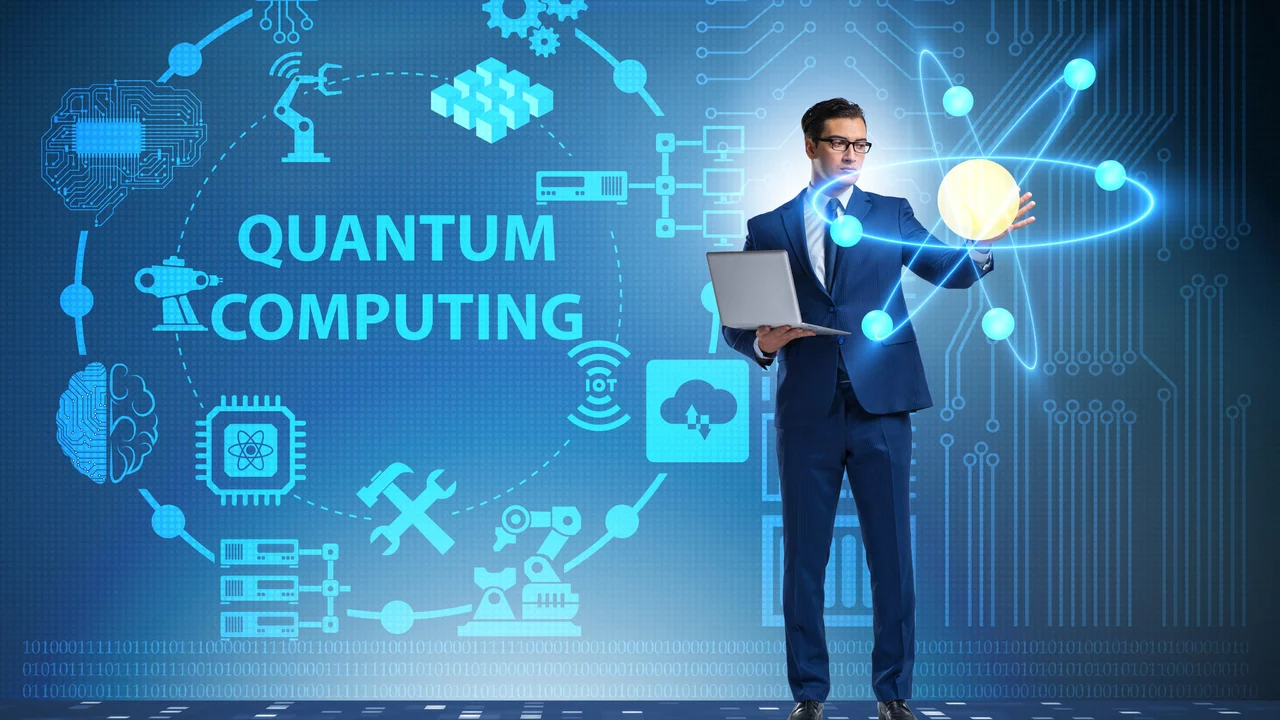Quantum Computation Explained
Ever heard of a computer that works with atoms instead of just electricity? That’s quantum computation in a nutshell. It swaps the old 0‑or‑1 bits for quantum bits, or qubits, which can be 0, 1, or both at the same time. This weird trick lets a quantum machine crunch many possibilities all at once, making some problems fly by that would take classical computers ages.
What Quantum Computation Really Is
Think of a regular computer as a librarian who checks books one by one. A quantum computer is like a super‑librarian who can peek at every shelf simultaneously. The magic comes from two quantum rules: superposition (the ability to be in many states) and entanglement (instant links between qubits). When you combine them, you get exponential speed‑ups for certain math problems.
It’s not just a buzzword; the hardware actually exists. Companies are building chips that chill to near‑absolute zero so qubits stay stable. The downside? Those chips are pricey, fragile, and need fancy cooling. That’s why most people still hear about quantum computers from news headlines rather than using them at home.
Cool Real‑World Uses
Healthcare is one hot spot. Researchers are using quantum algorithms to model how molecules interact, which could shave years off drug discovery. In finance, firms run quantum simulations to find optimal investment portfolios faster than before. Energy companies experiment with quantum tools to design better batteries and improve power grid layouts.
Artificial intelligence also gets a boost. Quantum‑enhanced machine learning can sift through massive data sets and spot patterns that classical AI might miss. Even cryptography feels the impact: quantum computers could crack many current encryption schemes, prompting a race for quantum‑proof security.
These examples show why governments and big tech pour money into quantum research. The payoff isn’t immediate, but the long‑term gains could reshape several industries.
Still, getting started with quantum computing feels like learning a new language. You need to grasp linear algebra, probability, and a bit of physics. The math behind qubits is dense, and programming a quantum computer uses special languages like Q# or Qiskit, which differ from everyday coding tools.
If you’re curious, the best way to learn is by playing with free cloud‑based quantum simulators. They let you write simple circuits and see results without owning a real quantum machine. Start with a basic “Hello World” circuit, watch how measurements collapse the qubits, and gradually add more gates.
Bottom line: quantum computation offers mind‑blowing speed for niche problems, but it comes with a steep learning curve and costly hardware. Keep an eye on the field—you’ll likely see more practical tools appear in the next few years, and today’s curiosity could turn into tomorrow’s skill set.
What is quantum computation and quantum information?
Quantum computation and quantum information are fascinating topics in the world of advanced technology. Essentially, quantum computation uses quantum bits, or 'qubits', which can exist in multiple states at once, a phenomenon known as superposition. This is different from traditional computing that uses binary bits. Quantum information, on the other hand, is a field that combines quantum mechanics and information theory and studies how information can be manipulated and processed using quantum systems. To put it simply, these two concepts are the pillars of the exciting realm of quantum computing that promises to revolutionize our technological future.
